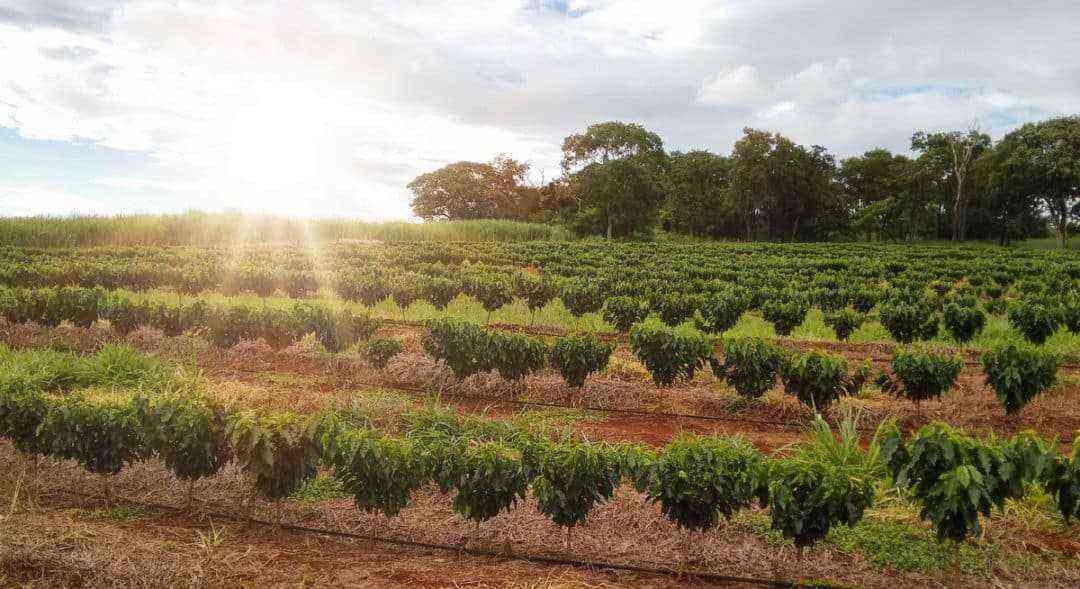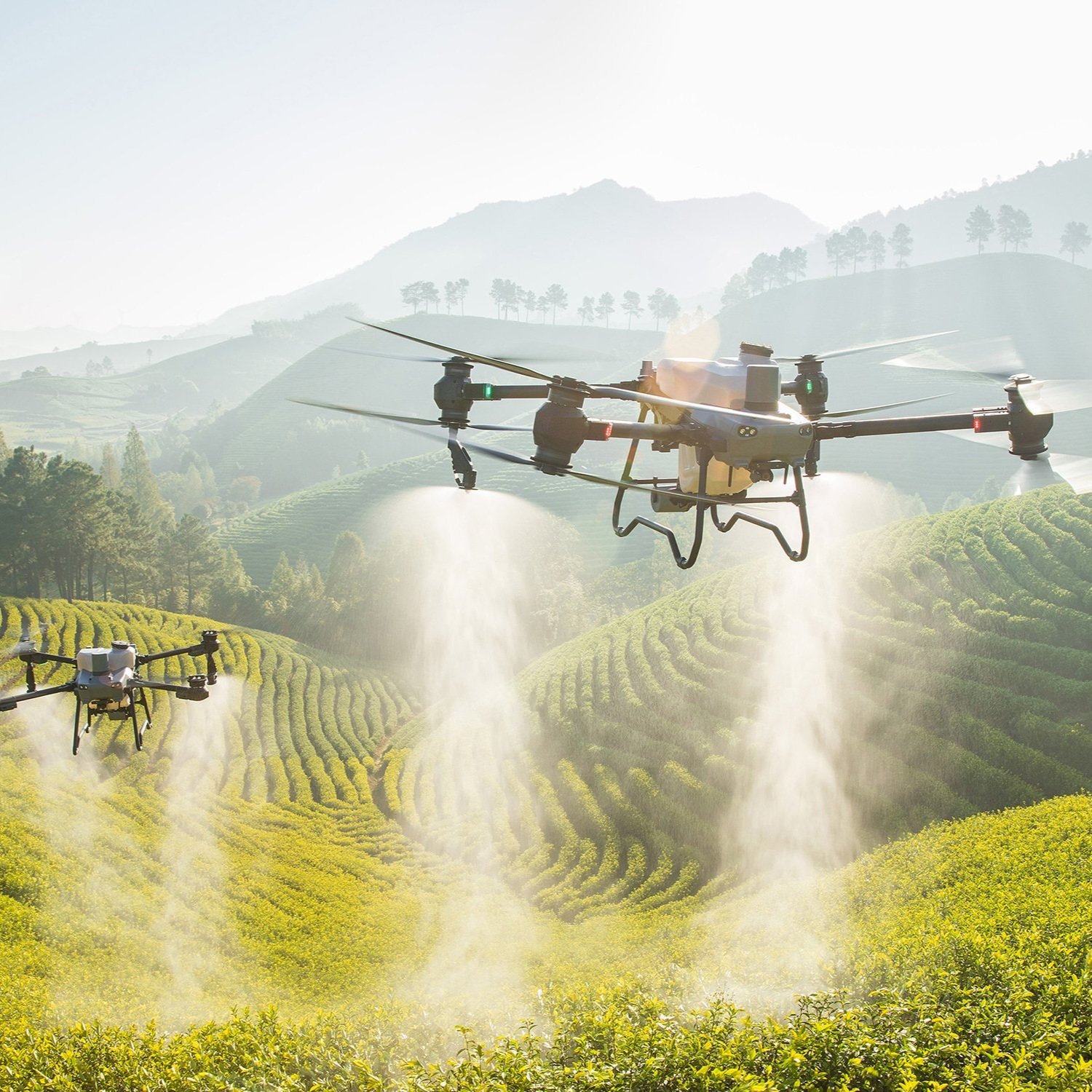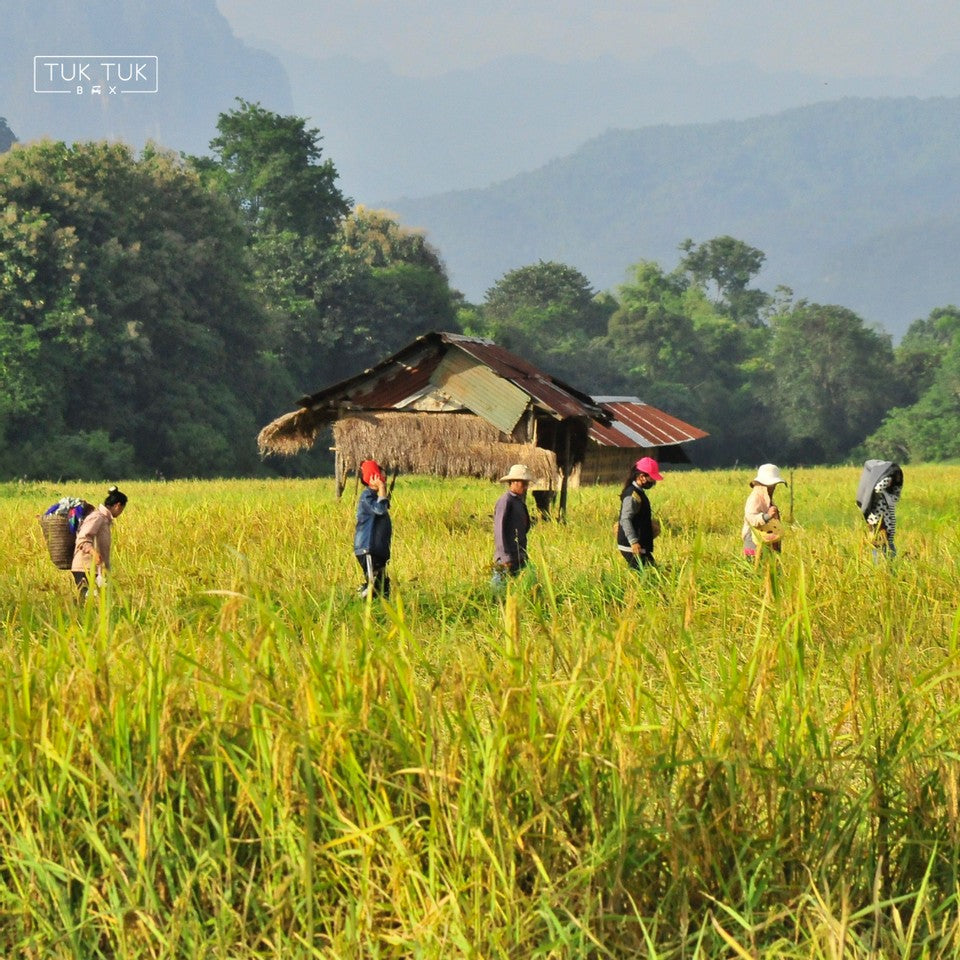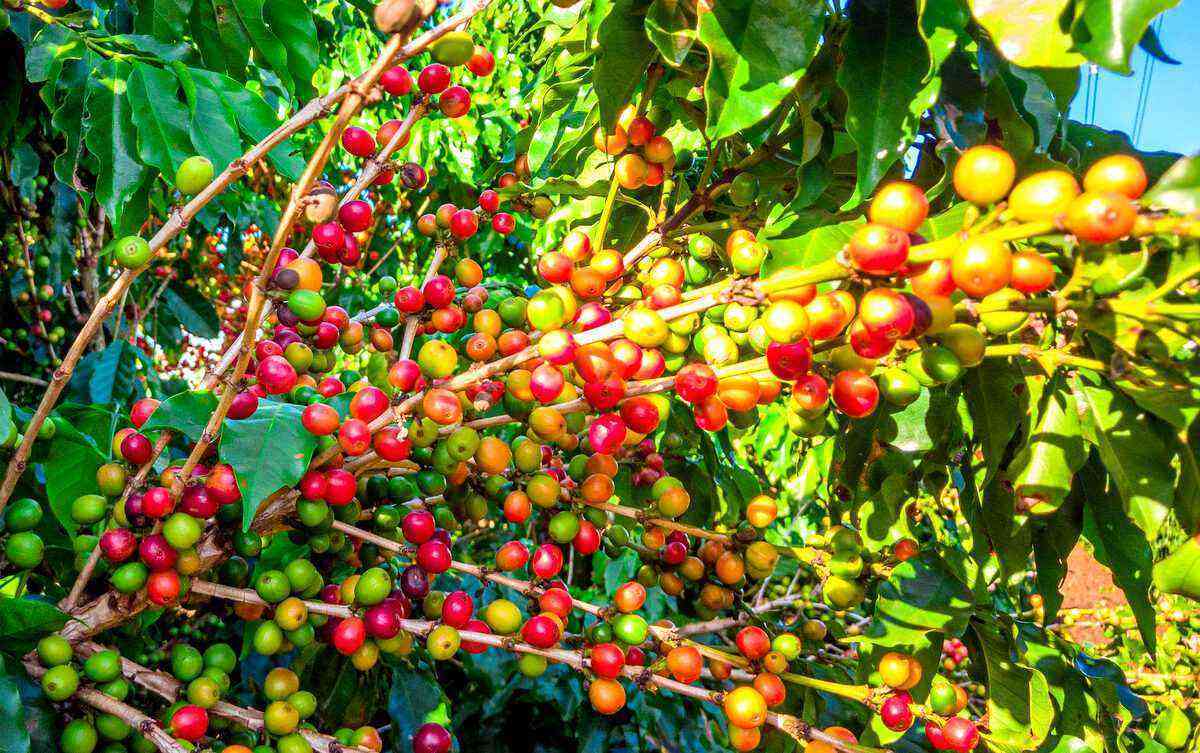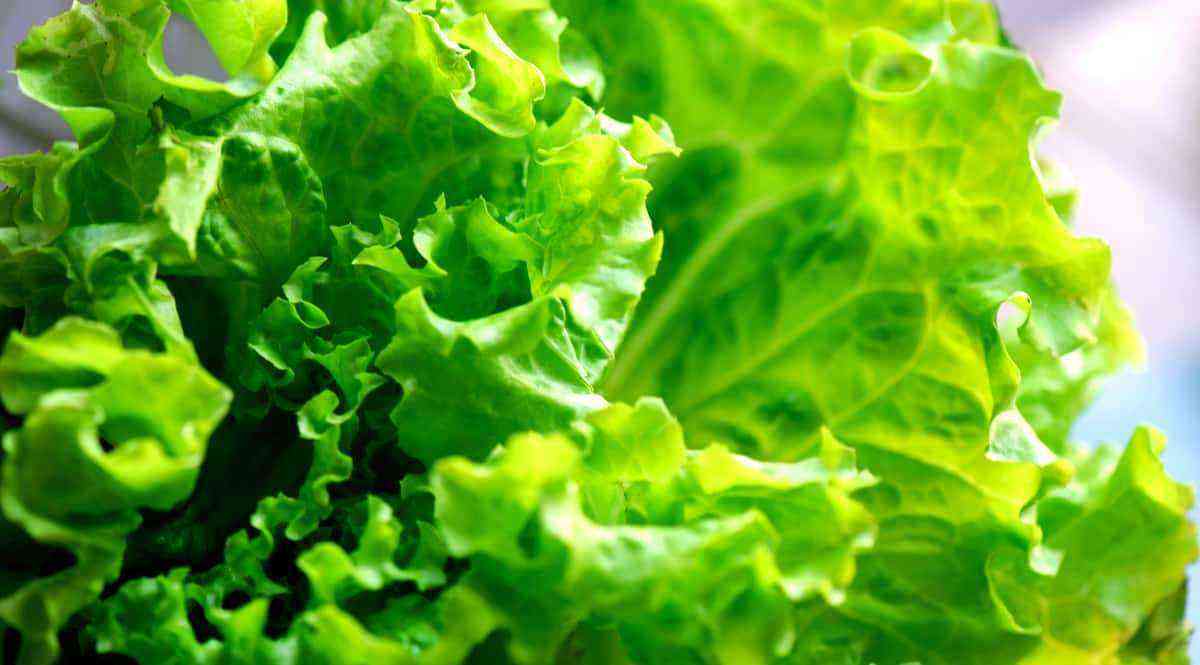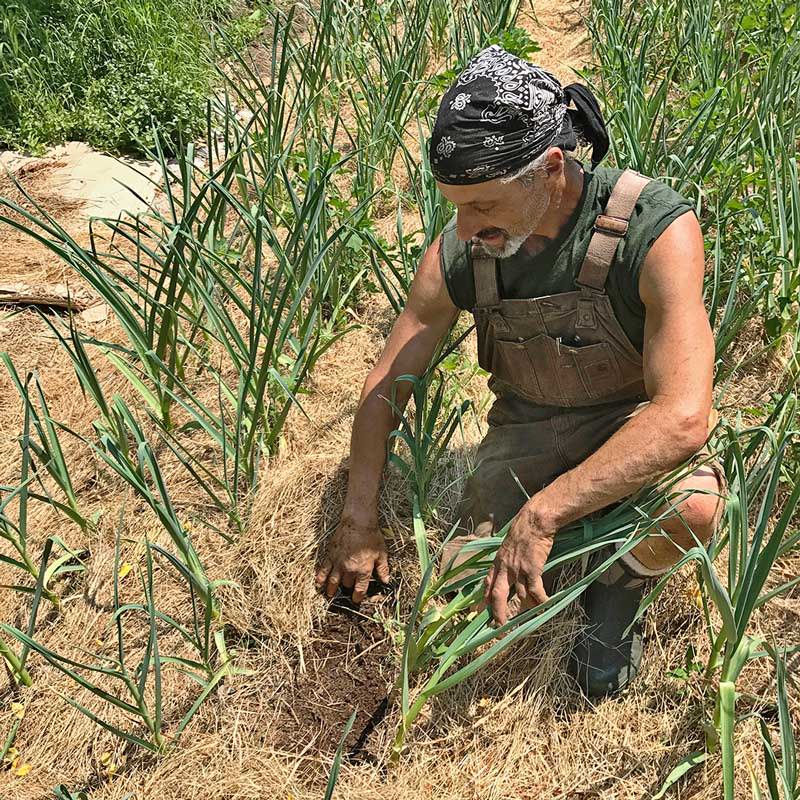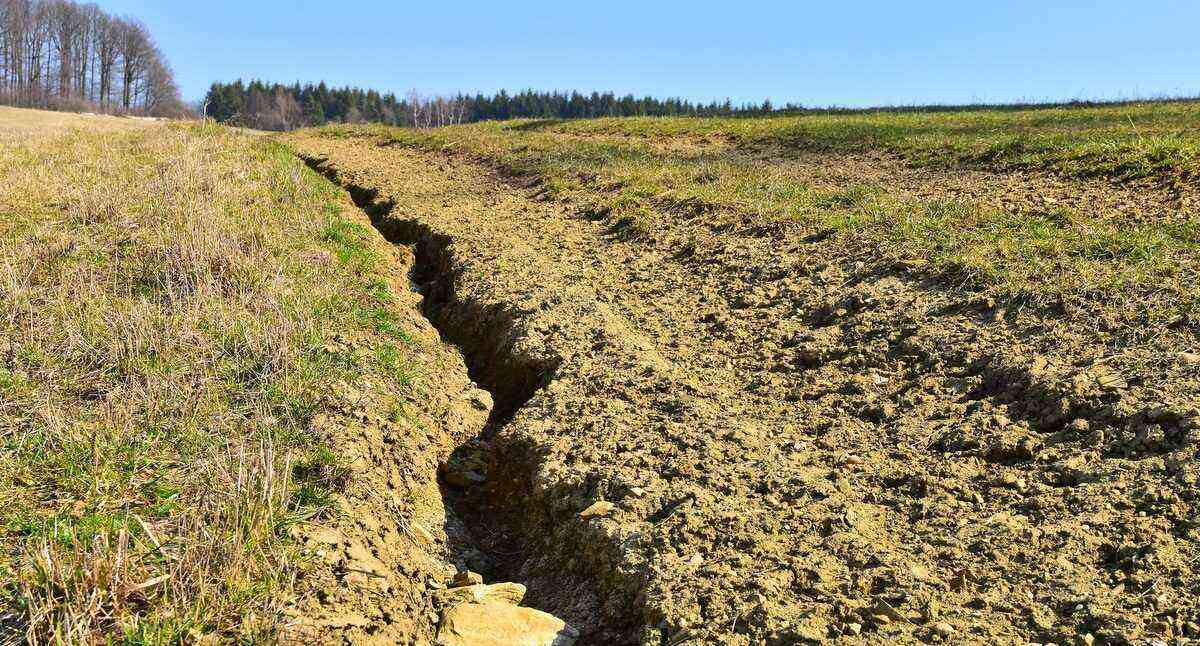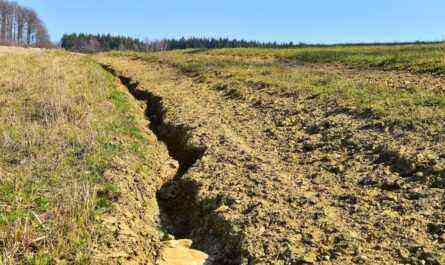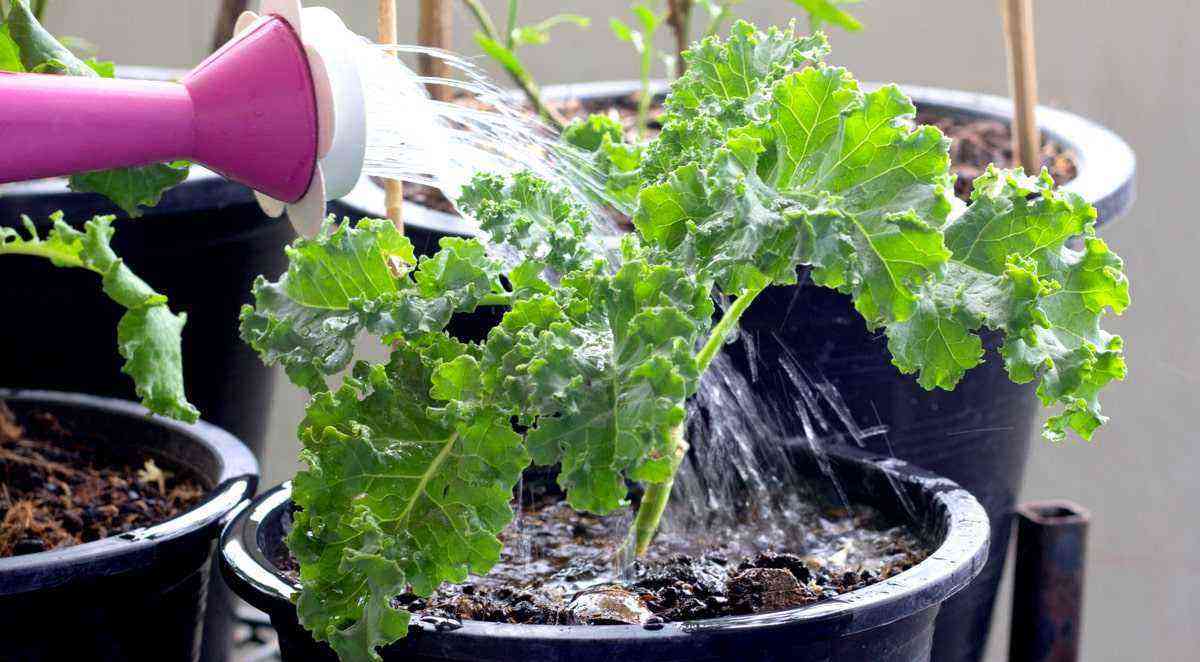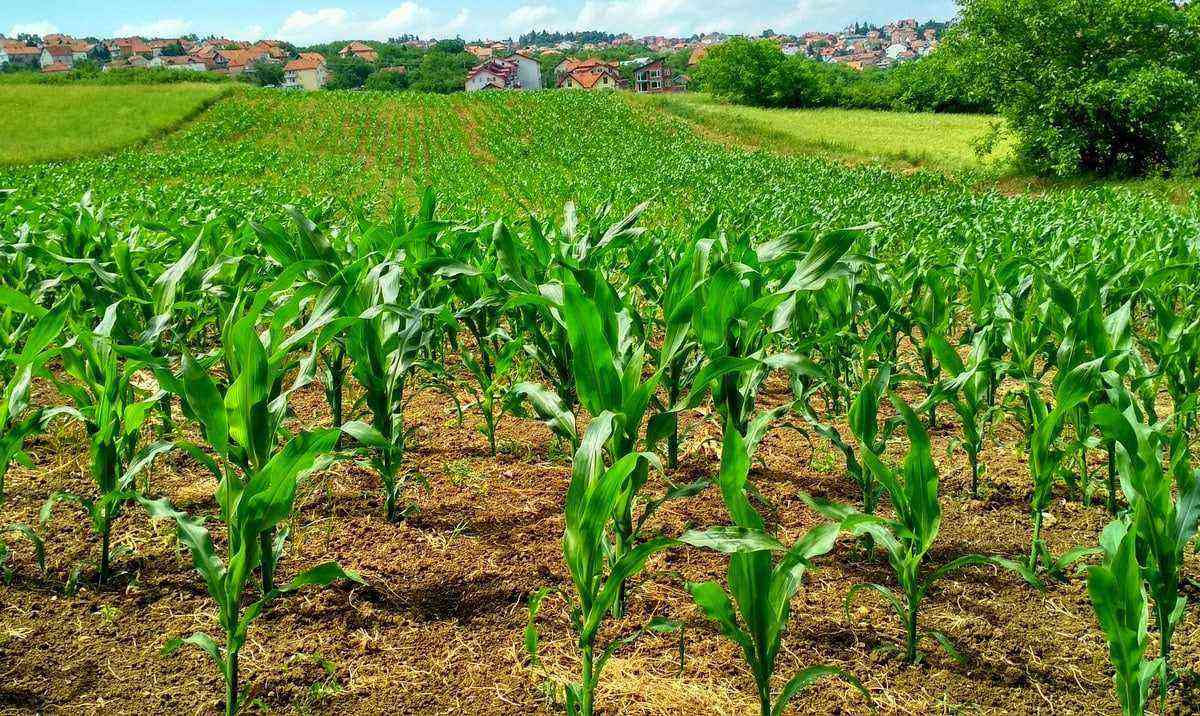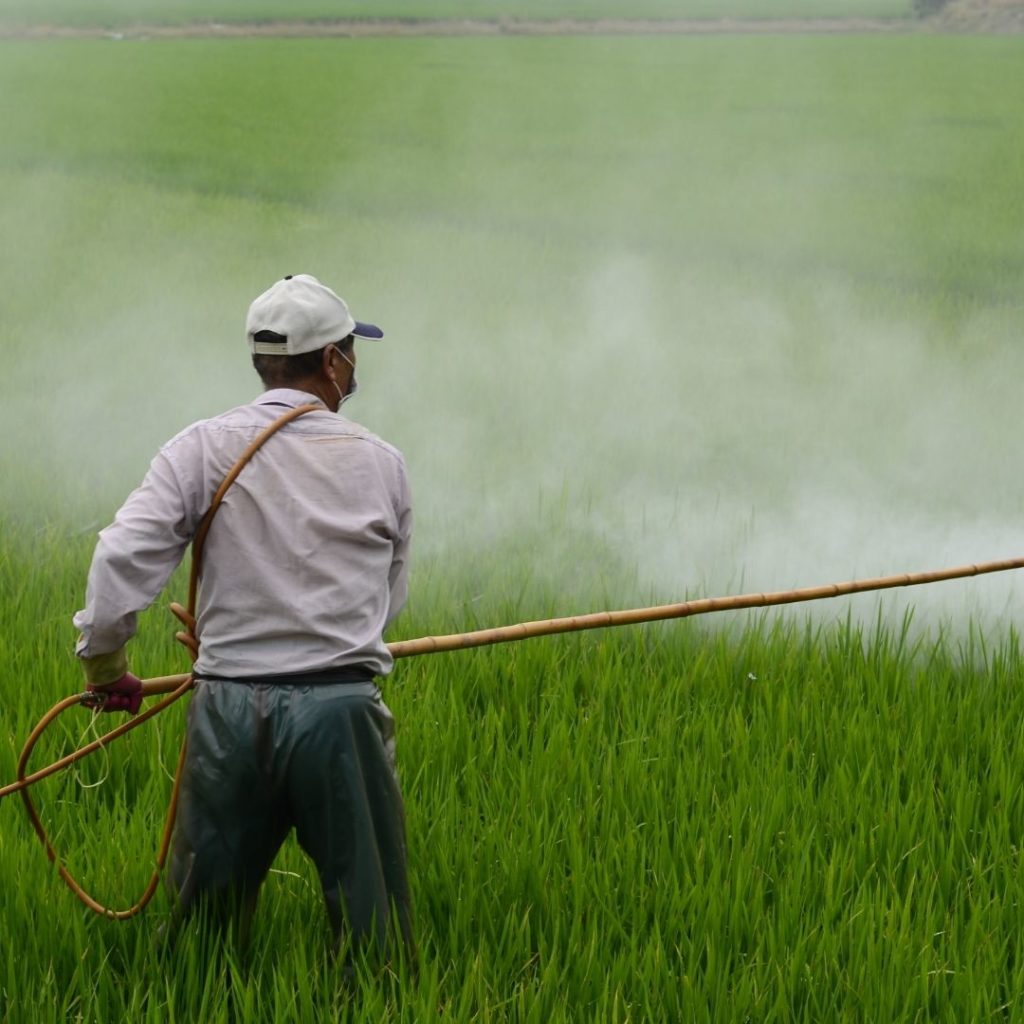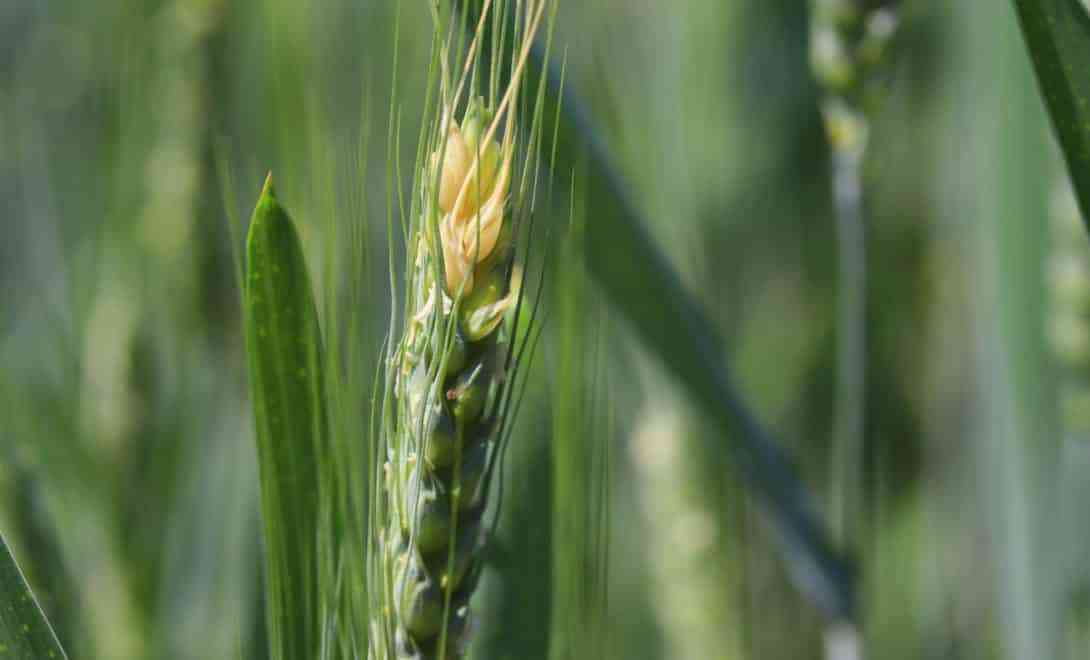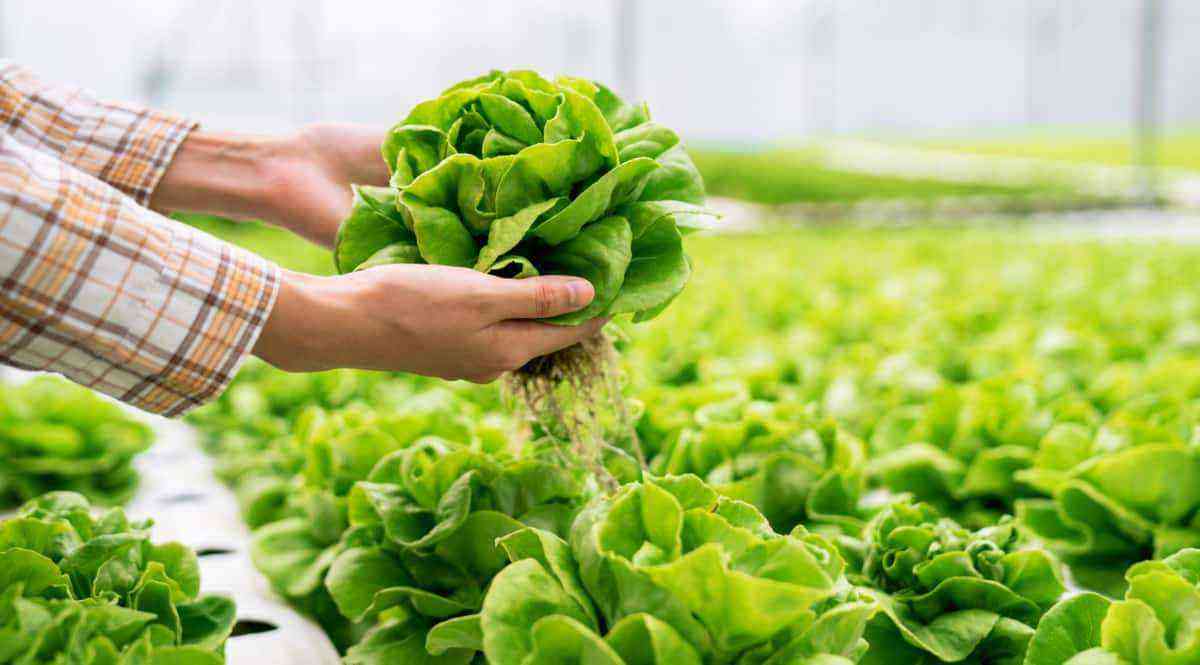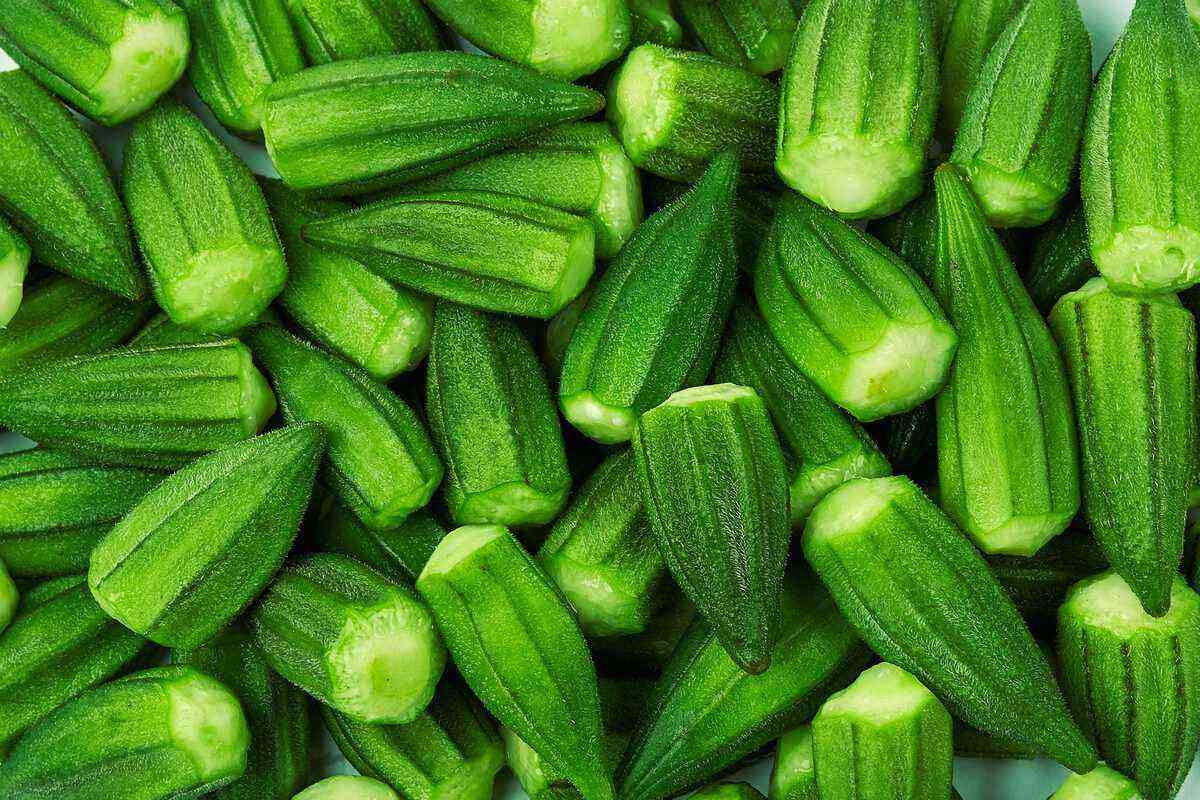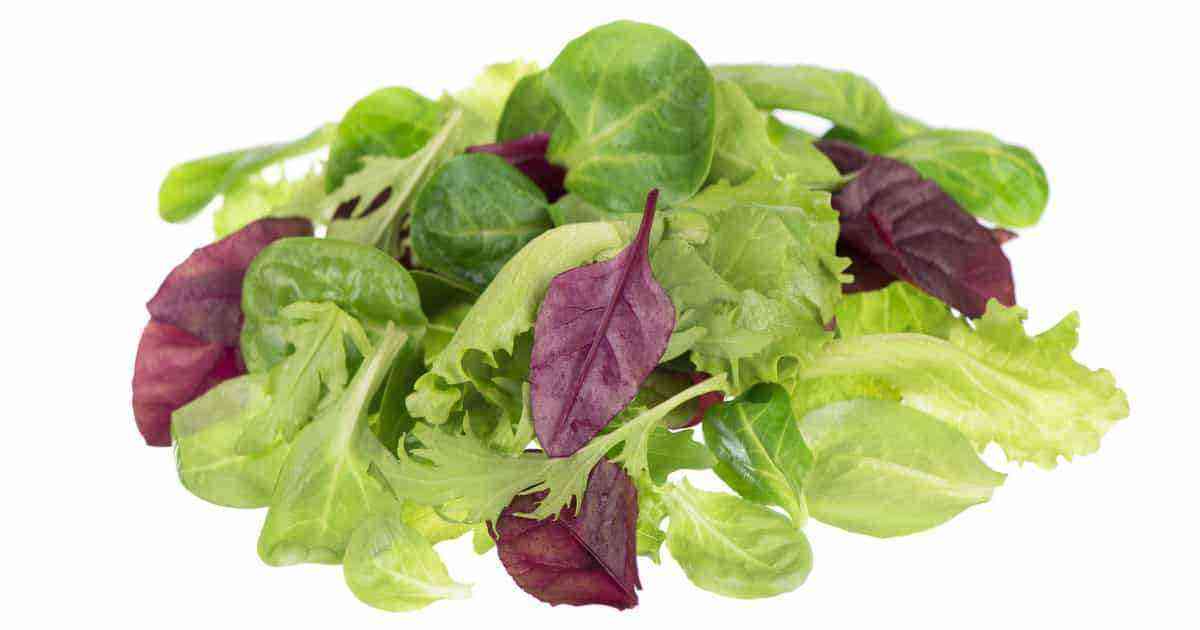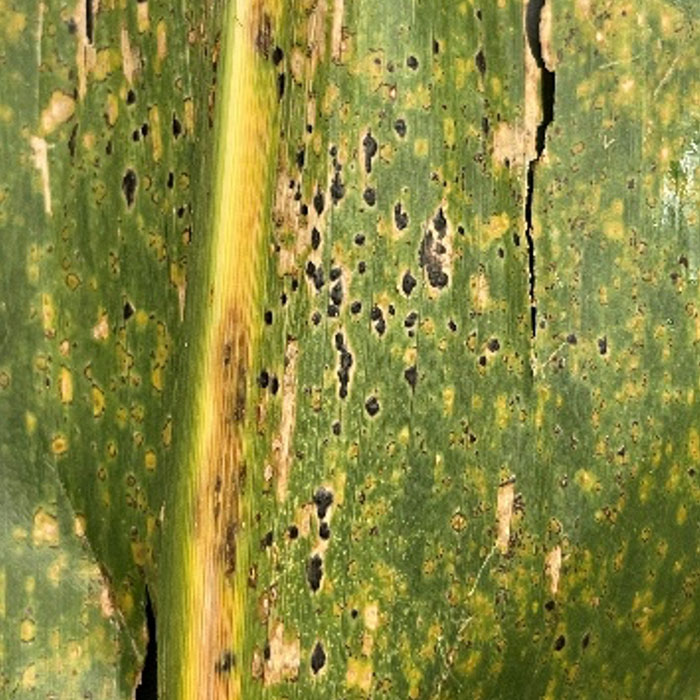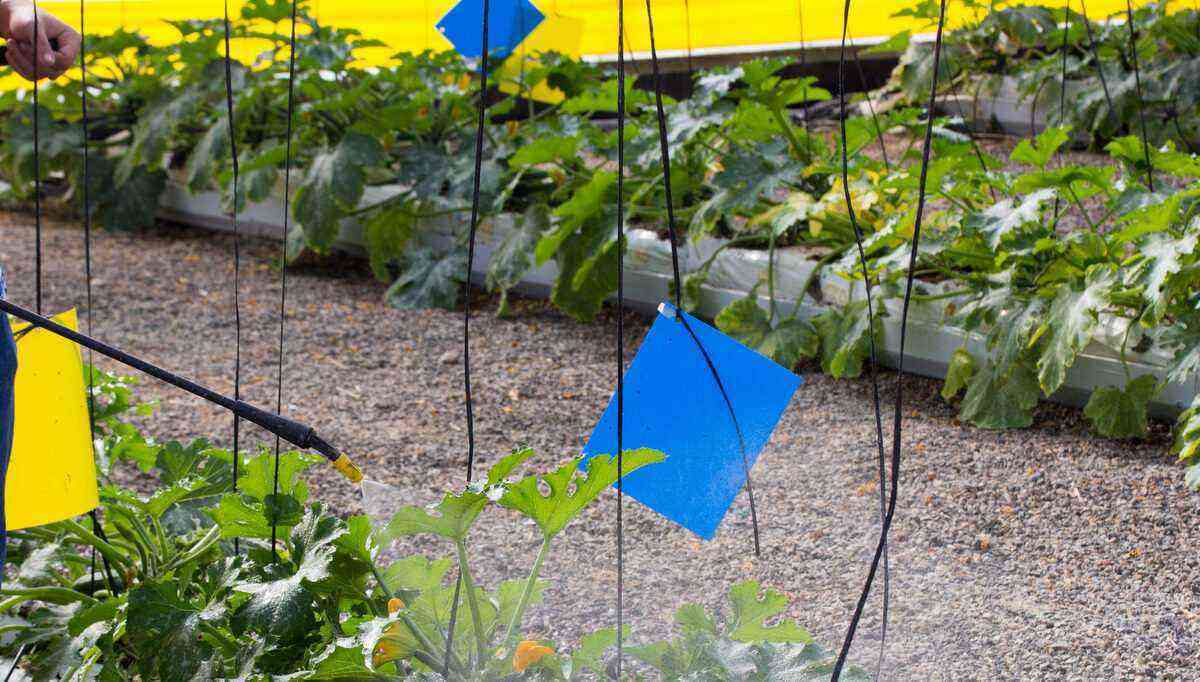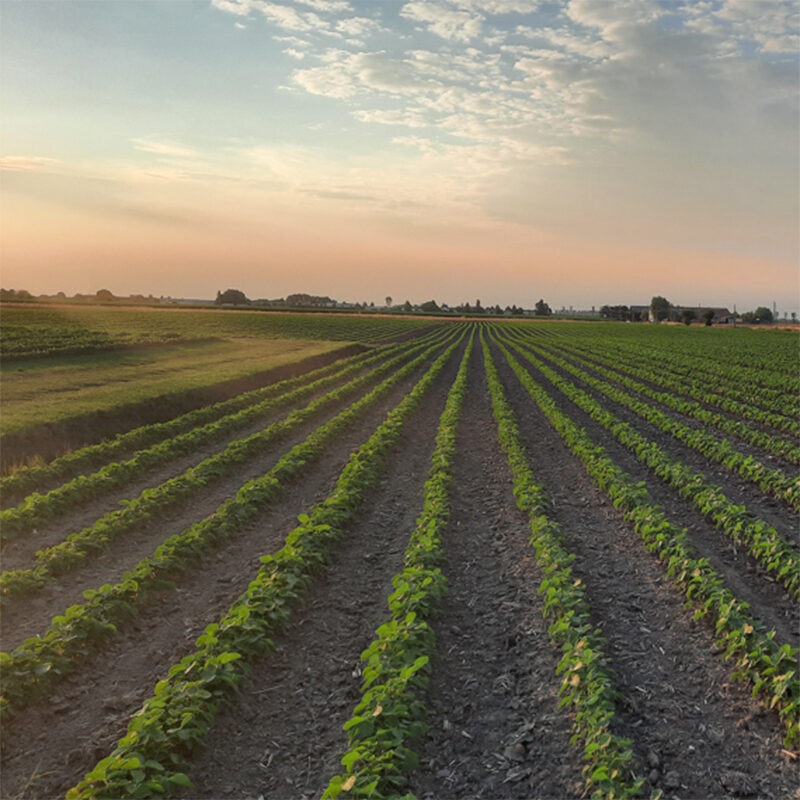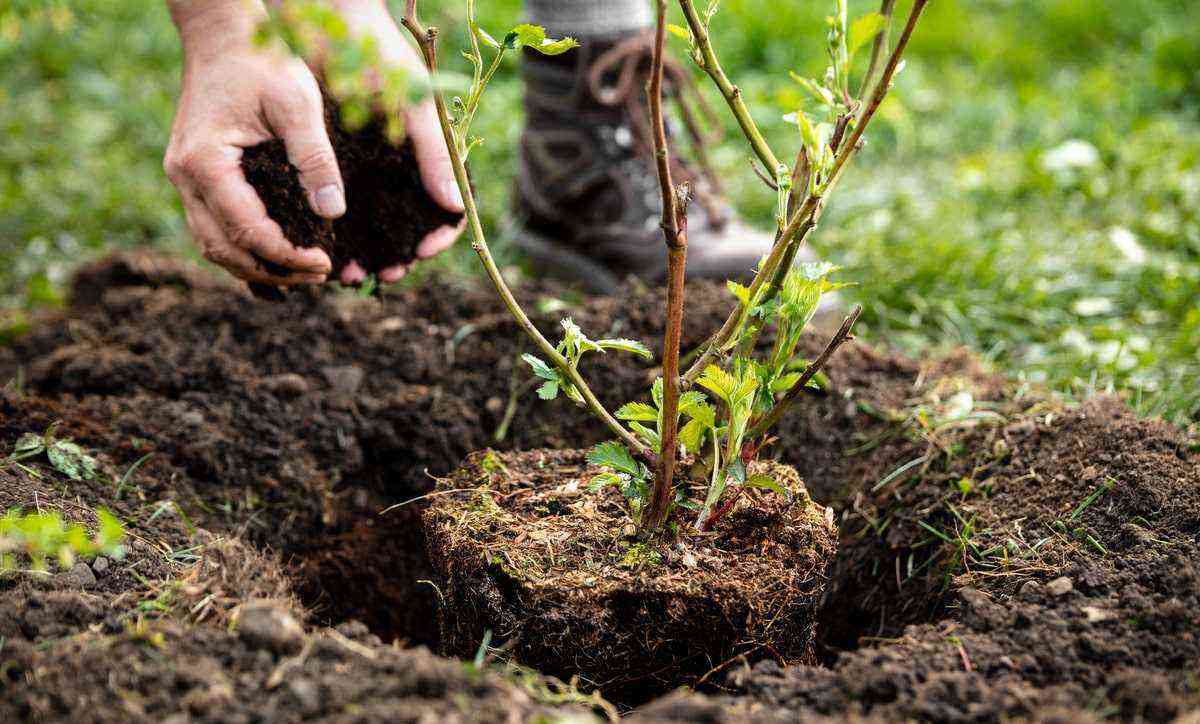Mushroom culture has grown strongly in the country and attracted many growers, and now you will understand how and why.
The idea that mushroom culture has no space in Brazil and that its consumption is restricted among Brazilians is already lagging behind. With excellent health benefits and the simplification of the cultivation of cogumelos this has been changing the reality known until then.
The production chain today is well segmented and it is already possible to find seed producers, inoculated compost producers, growers and distributors. All this expansion and new adepts make possible a large-scale cultivation, developing the market.
This reflects on the consumer. Previously present only in more sophisticated dishes, today the mushroom is already widely used and explored in cooking and has appeared a lot as a filling in popular dishes, such as pizzas, sandwiches and even savory snacks.
Want to understand a little more about mushroom culture and how it has grown so much? Check it out below.
In natura mushroom
A mushroom production pickled is usually easier both to grow and to distribute. However, the in natura option has developed more strongly because it is more profitable, ecological and healthy. In this case, you still save because there are no expenses with cooking and preservatives. On the other hand, there is only the expiration date, as fresh mushrooms are more perishable than canned mushrooms.
Structure for growing mushrooms
Mushroom cultivation can be carried out in very simple, even rustic or high-tech structures. The choice is up to the producer. The vast majority of fungiculturists are even small and medium-sized.
The style of the structure used also matches the posture of this producer, such as the shed or the refrigeration system, for example.
If the choice is to produce seeds, it is necessary to invest in technical knowledge and specialized infrastructure. The chambers must be designed with thermal insulation and in masonry. The right foot also has specifications, such as a minimum of three meters, a width of approximately six meters and a length of about 20 meters.
If the option is for compost, it is necessary to have a physical space whose size will depend on your expectation of harvest. The more mushrooms, the more space to grow them.

Mushroom production can be simple or high-tech
when entering the mushroom culture production It is also necessary to be aware that each type will present specific needs. Generally speaking, a mild climate with high humidity is ideal, as well as a temperature between 10 and 25°C.
Choose your mushroom type
Another advantage of the culture is that you can choose the type of mushroom according to the production conditions you want or can offer.
For example, mushrooms are grown in a pre-composted straw and covered by a layer of earth. Its refrigeration is usually between 15 and 18 ºC in an environment with no lighting.
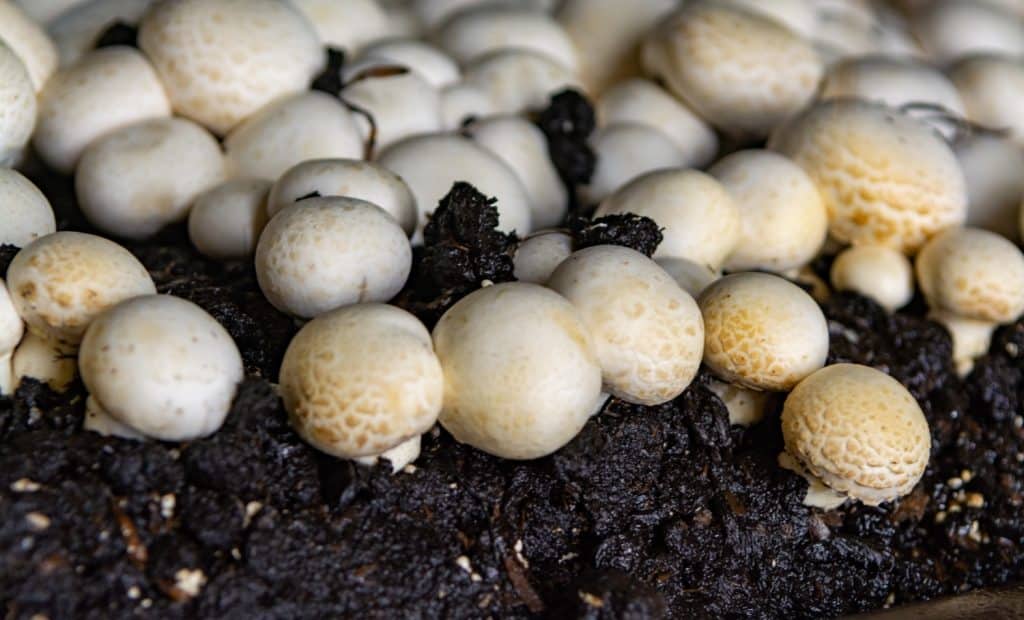
Champignon mushrooms in cultivation
Another type, shiitake, already needs sawdust blocks with a certain specialized technology. It might be still grown on logs with some holes, where the bottom is inoculated. There, after at least six months of incubation, it should receive a stimulus called hybrid shock.
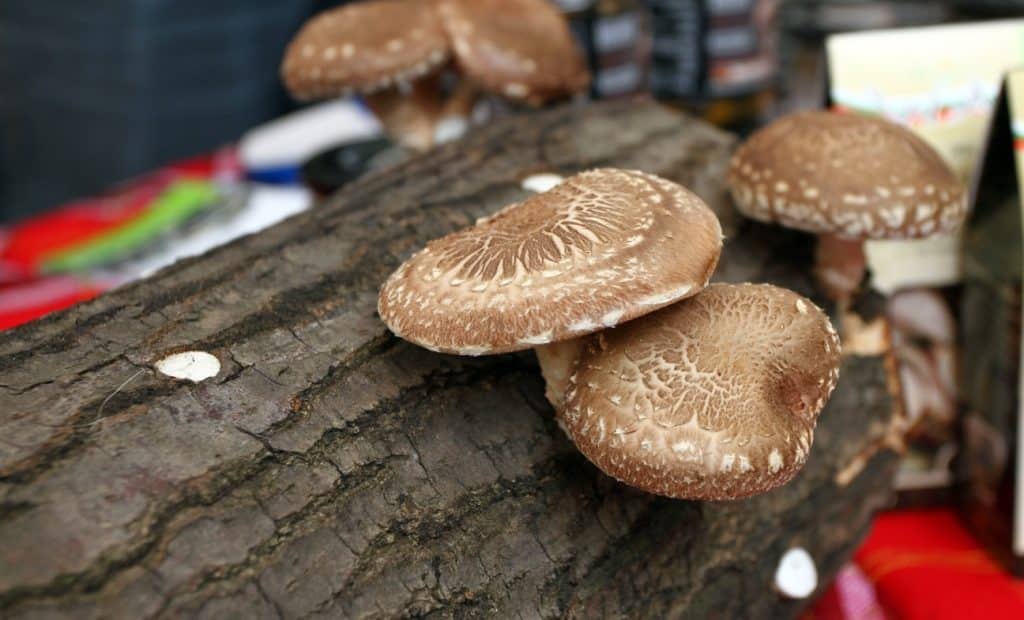
Production of shiitake mushrooms in logs
It is still possible to invest in the culture of shimeji. This type of mushroom sprouts in small bouquets and must also be produced in a pasteurized or sterilized palm.
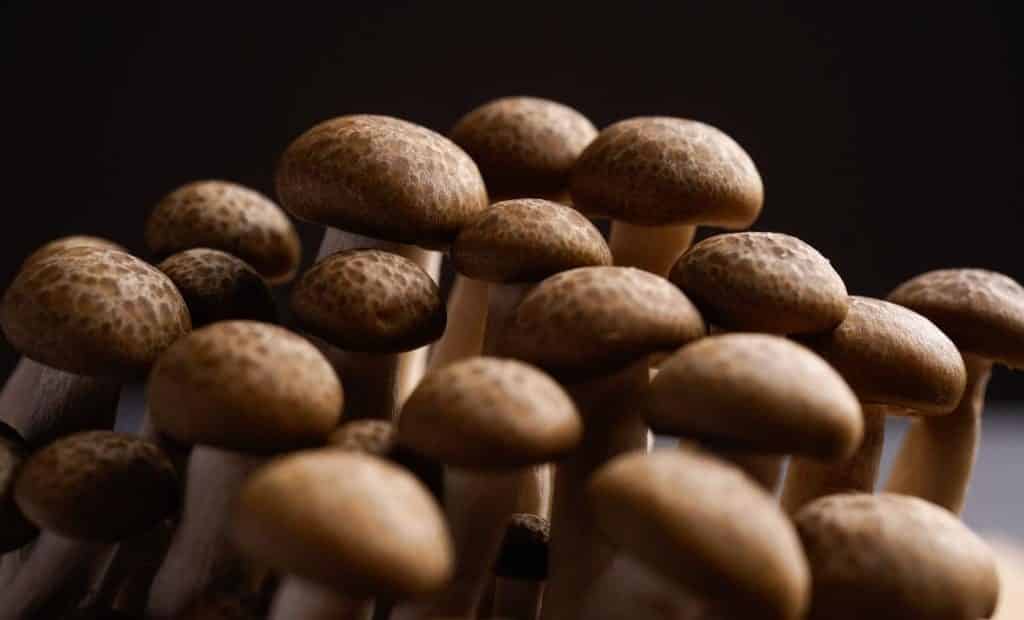
Production of shimeji mushrooms
You also need to be careful. Hygiene and a lot of attention on the part of the fungiculturist are essential, since these fungi, during cultivation, can be parasitized by other fungi. These are the biggest contaminants in the mushroom growing process.
Bone principle: Chaetomium olive, Trichoderma sp., Scopulariopsis fimicola, Doratomyces sp., Papulospora silk, Alternaria sp., Aspergillus spp., Penicillium sp., Sporotrichum sp., Geotrichum sp., Phymatorichum sp. from Paecilomyces sp.
The mushroom production cycle
The period of the cultivation cycle also varies greatly depending on the type of mushroom chosen to be produced. In general, it can last between 45 and 180 days.
When choosing champignons and shimeji, the cycle should be about three months. The shiitake, depending on the farming style, may vary between 120 and 180 days.
 Cultivation of champignon mushrooms that have a cycle of approximately 3 months
Cultivation of champignon mushrooms that have a cycle of approximately 3 months
Finally, the mushroom harvest
In most cases, mushroom picking is done manually. It is a delicate phase, as the structures must not be destroyed. Carefully, traces of the compost can be removed and placed in boxes.
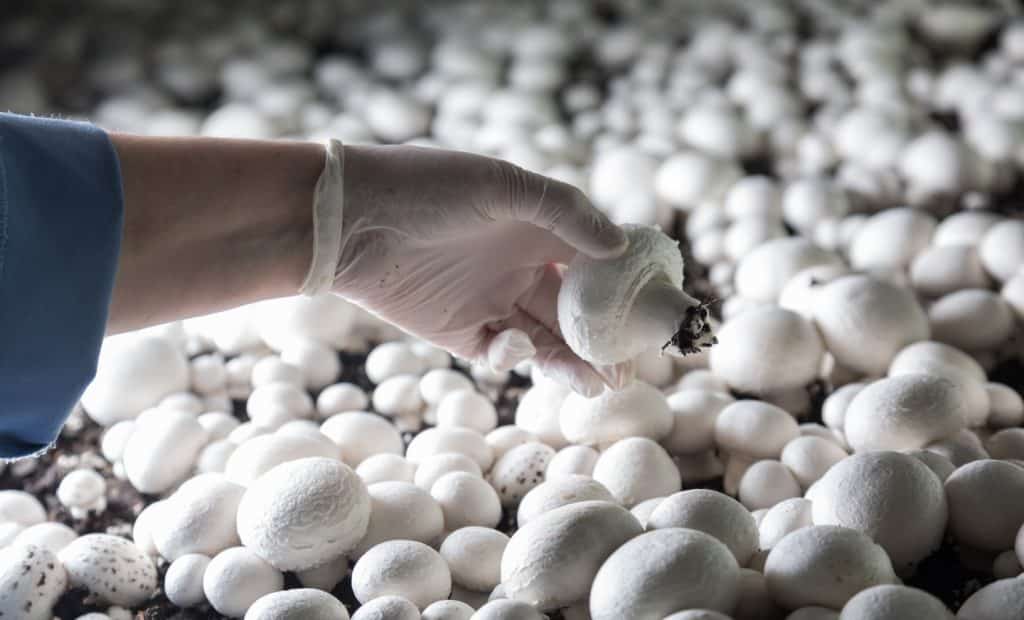
The picking of champignon mushrooms must be very careful
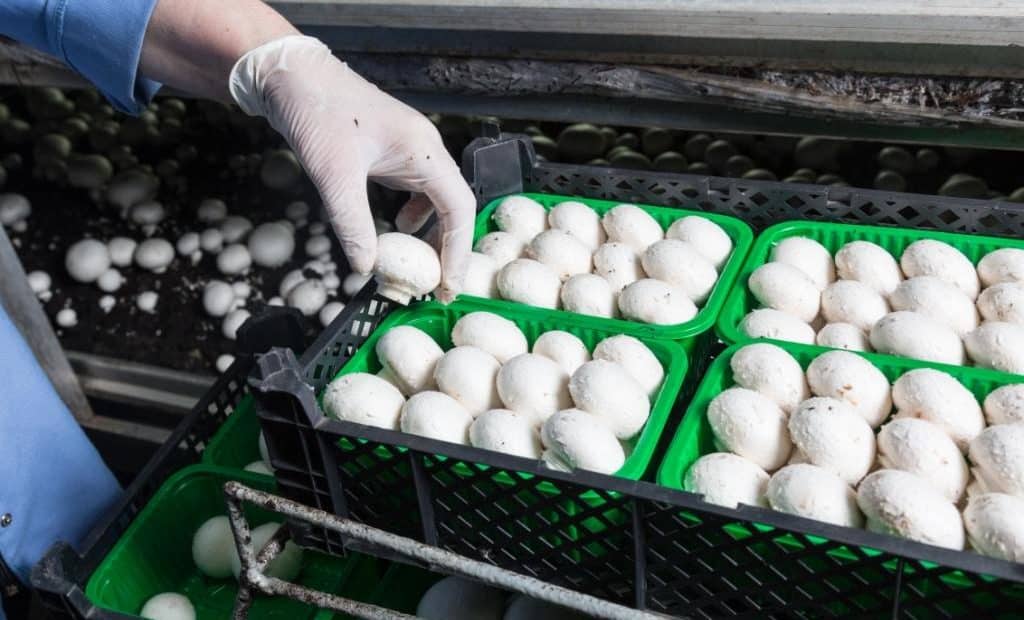
Storage also deserves a lot of attention.
Mushrooms, after harvesting, also need REFRIGERAÇAO. Then they will be packed and stored in cold storage.
The yield of this crop will also vary depending on the type chosen for cultivation. The champignons can generate up to three streams, while the others normally yield a single crop.
The market
As the market is expanding, there are cases of greater demand than supply. Brazil often ends up investing in imports, because the cultivation of cogumelos internal is not enough. Thus, investing in this crop can be a great chance for growth and a very profitable income.
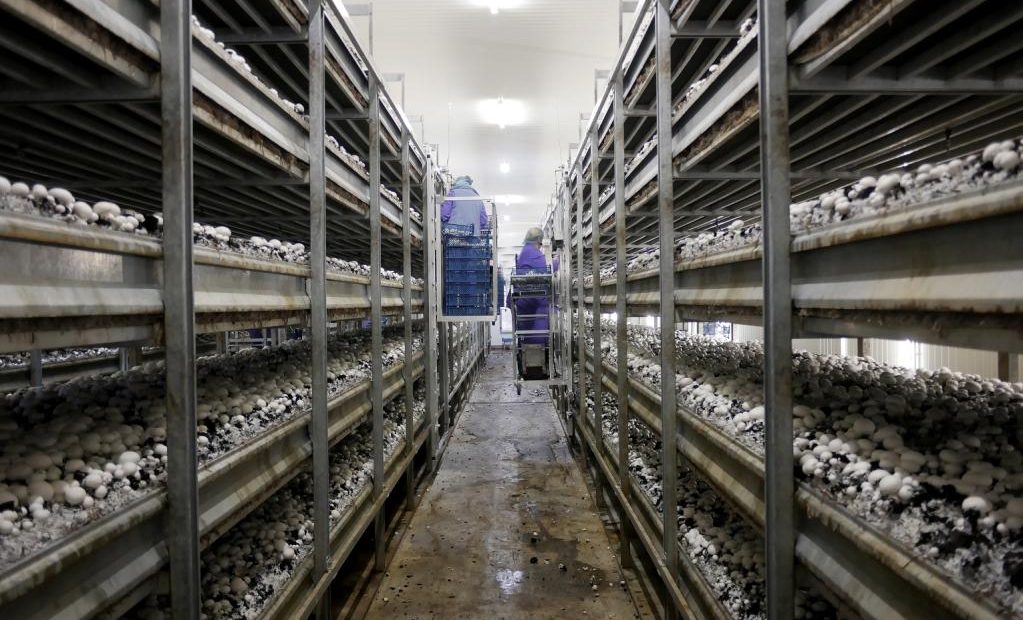
There is a large market for mushrooms, as Brazil imports to meet the demand
Last year, 10 tons of mushrooms were imported from Paris and China.
Therefore, studying this new crop and starting to produce it proves to be a very interesting alternative for those who are looking for the challenge of exploring a greater share of the Brazilian agribusiness market.
Even small-scale production can already yield good results, as there are direct buyers such as medium and large-sized restaurants and markets.
See more: Find out how to calculate the cost of agricultural production


